Our country is in a unique time. There is civil unrest with groups from various cultures calling out for justice, equality, and for their voices to be heard. Not only are they wanting things to positively change in the present but also are looking for historical change, especially in regards to education.
Throughout the 20th and 21st centuries, textbook authors and map and educational resource creators have predominantly cherry-picked and white-washed the information provided. Not only that, but there are often recorded historical events that have been downplayed and even purposefully misrepresented.
Some within the Native community want to put an end to the omittance of their true history in the classroom.
An example of a way that professionals and educators are helping students see history from a different perspective are Native map sets for the classroom. The most recent is titled “Native Viewpoints on Nineteenth-Century Westward Expansion,” which was created by the Akomawt Educational Initiative.
“The set brings in Native perspectives on Euro-American maps and gives students new ways of looking at concepts of land and ideas such as “the frontier,” (Norman B. Leventhal Map & Education Center).
Another map resource includes UCLA’s “Mapping Indigenous LA,” which was created for teachers and students.
There are definitely best practices that educators should follow when teaching about Native people.
The experts at the Norman B. Map and Educational Center have created a document that outlines various best practices from their perspective in the area of history, culture, contemporary native communities, and terminology.
Take a look at a few recommendations from each category.
History
- Before asking students to consider primary sources, take a step back and ask:
- Who is the writer/storyteller? What is their background and motivation?
- Are there alternatives? What vocabulary/language do Indigenous teachers/educators/communities use when discussing this historical event?
- What other primary sources do you need to hear from?
Culture
- “Native American culture” is not singular. There are over 1,000 Native communities in existence. Each with their own communal, tribal and land specific ways of life.
- Be specific when talking about a particular tribe or culture. When naming a tribe/culture, use the language of the tribe/culture uses for itself when available from a competent source.
- When highlighting cultural practices, utilize tribally sourced material/language/examples.
Contemporary Native Communities
- Seek to understand the homelands where you live and work.
- Over 70% of Native peoples live off reservations. “Indian Country” is everywhere.
- Indian Country is also a very complex landscape of ideas and opinions where people often disagree.
Terminology
- Native American, American Indian: Umbrella term for 570+ federally recognized tribes. Most commonly used in American culture.
- Native People, Indigenous People: Terms in English that are not tied to the concept of the United States.
- Tribal Nation: Sometimes used by tribal governments as a way to include both.
As educators go through their preparatory programs and begin teaching, they need to make themselves culturally aware of how different groups of people should be represented in the classroom. Textbook companies, map designers, and educational resource creators need to include various perspectives from different cultures in the material they provide. Looking at history from only our very own perspective can be damaging and consequential. Time will tell if things will begin to change in the world of education.
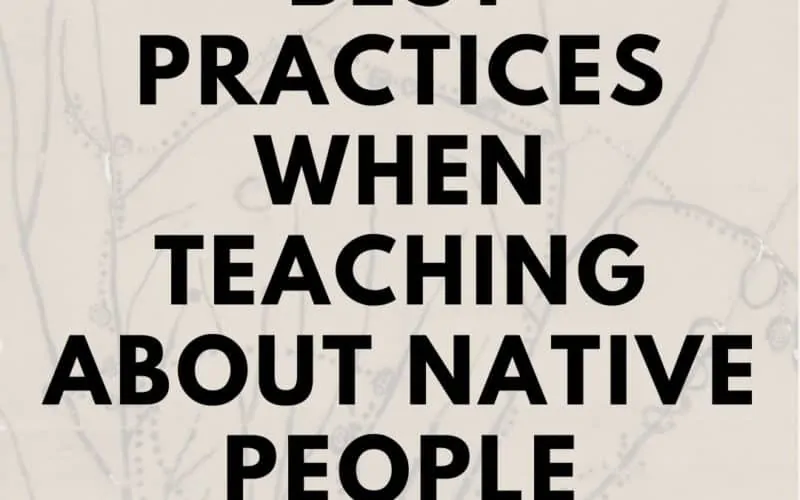
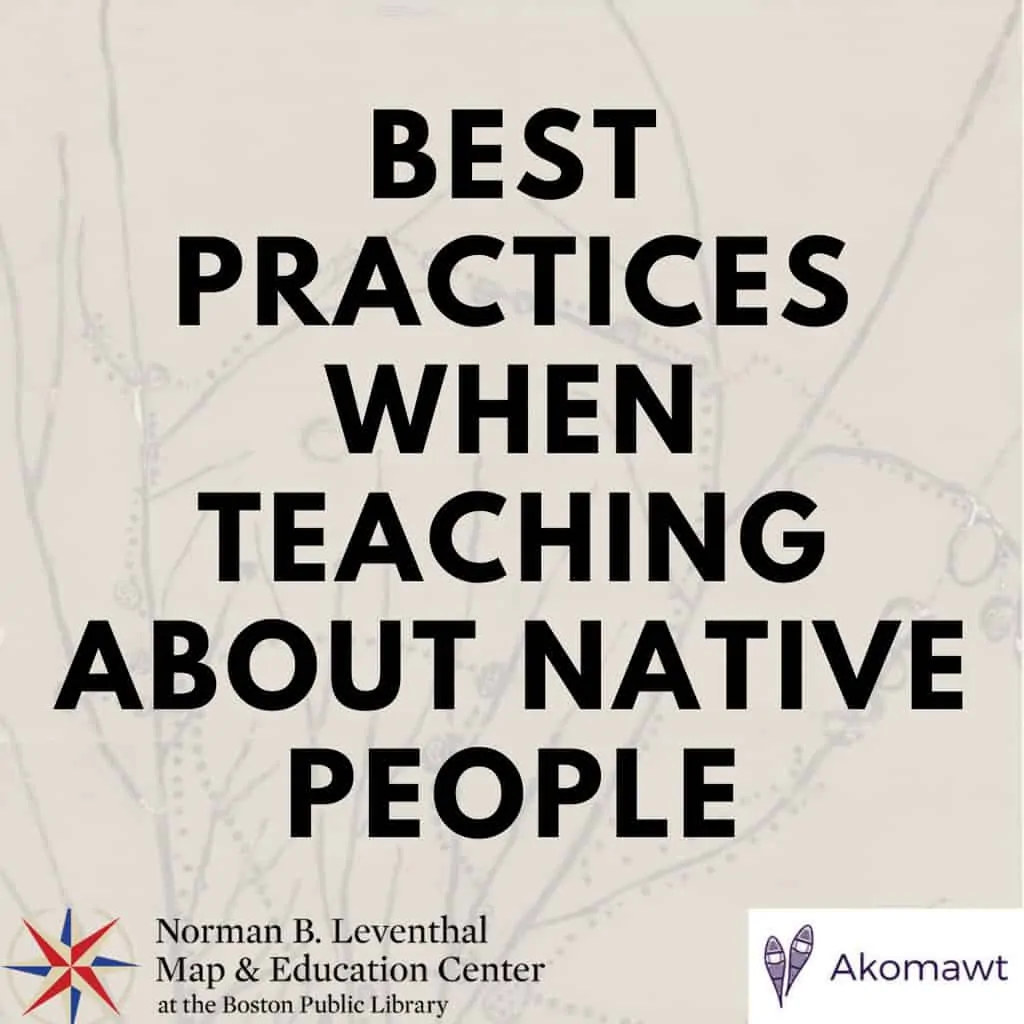
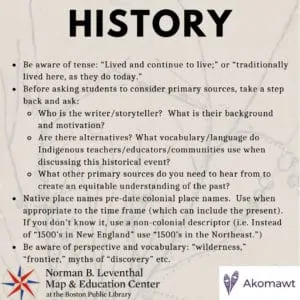
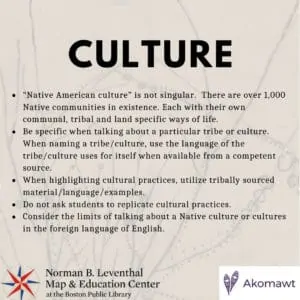
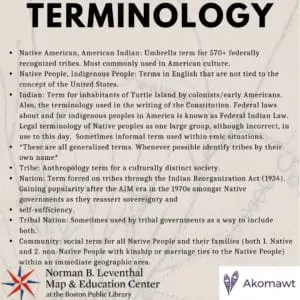
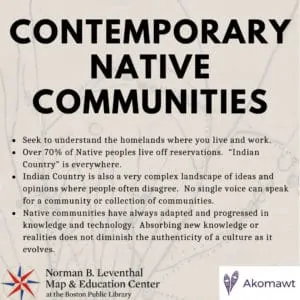


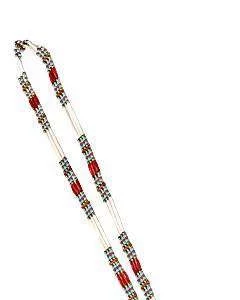
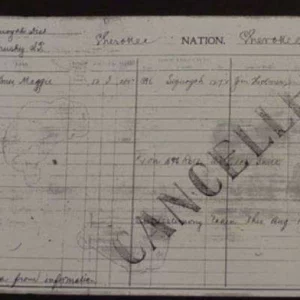
Evelyn E Hooper
says:My opinions on teaching about Native Americans is spend a day with them .
Gloria Stretch
says:My fathers family lived in Arizona but I know little of our people.